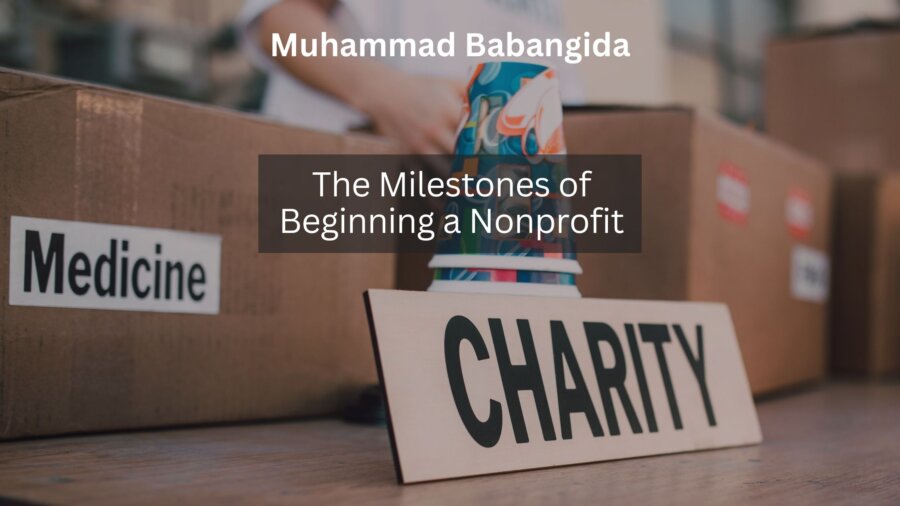In the dynamic world of nonprofits, cultivating a supportive team culture is not just a lofty goal; it’s a crucial aspect that drives success in achieving the organization’s mission. A positive team culture boosts morale, enhances productivity, and fosters a sense of purpose among team members. Here are key strategies to build a supportive team culture at your nonprofit:
Clarify and Communicate Values: Clearly define and communicate the organization’s core values. These values are the foundation for the team culture, aligning everyone with a common purpose. Ensure that these values are integrated into daily operations and decision-making processes.
Open and Transparent Communication: Foster an environment of open and transparent communication. Encourage team members to share ideas, feedback, and concerns freely. Establish regular team meetings, both formal and informal, to keep everyone informed about organizational updates and developments.
Recognize and Celebrate Achievements: Acknowledge and celebrate the achievements of individual team members and the organization. Recognition creates a positive atmosphere and reinforces the value of each team member’s contributions. This can be done through public acknowledgment, awards, or simple expressions of appreciation.
Encourage Collaboration: Promote a collaborative atmosphere where team members feel comfortable sharing responsibilities and working together toward common goals. Encourage cross-departmental collaboration to foster a sense of unity and break down silos within the organization.
Invest in Professional Development: Support the professional growth of your team members by investing in training and development opportunities. Providing access to workshops, conferences, and skill-building sessions enhances individual capabilities and contributes to a culture of continuous learning.
Flexible Work Environment: Acknowledge the diverse needs of your team members and offer flexibility in work arrangements when possible. This could include flexible hours, remote work options, or other accommodations that support a healthy work-life balance.
Promote Wellness Initiatives: Prioritize the well-being of your team members by implementing wellness initiatives. This can range from mental health programs and stress management workshops to encouraging breaks and creating a supportive environment for overall health and wellness.
Emphasize Team Building Activities: Arrange team-building activities that go beyond the confines of the workplace. Whether it’s a volunteer event, a retreat, or a fun team-building exercise, these activities strengthen interpersonal relationships and foster a sense of camaraderie.
Lead by Example: Leadership plays a pivotal role in shaping organizational culture. Lead by example, demonstrating the values and behaviors you expect from your team: model open communication, humility, and a commitment to the organization’s mission.









